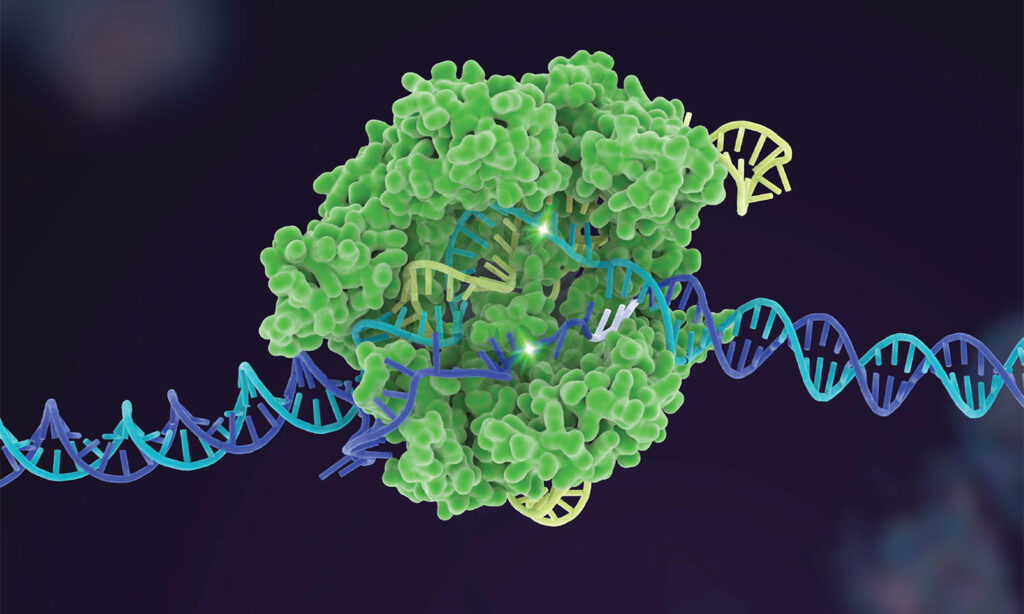Over the preceding decade, CRISPR technology has witnessed substantial advancements, buoyed by significant investments from both private and public sectors. However, questions linger regarding the technology’s full potential realisation and future expectations. These were the central themes addressed by Gusui Wu, Head of Seeds Research at Syngenta, during his presentation at the World Agri-Tech summit in San Francisco on 20 March.
Wu highlighted the extensive financial commitment to CRISPR technology within the agricultural sector, noting, “In the past decade, depending on how you do your calculation, somewhere between four to six billion dollars were invested in start-ups that are applying CRISPR in agriculture. About the same amount of dollars or higher were invested by seed companies, both large and small, to conduct gene editing in crops. Significant investment has also been made in the public sector in plant gene editing research. As of January, there were 53 USDA exemptions of gene-edited traits in about 17 crops.”
Despite these investments, the large-scale commercialisation of CRISPR-enhanced products has yet to materialise, with some indicators suggesting a waning enthusiasm among investors. “It’s probably fair to say we have not seen the kind of significant impact or large-scale commercialisation of gene-edited products in the market. And the venture funding has plateaued in the last few years in gene editing in agriculture,” Wu observed.
The discourse then shifted to whether CRISPR continues to be perceived as a disruptive, revolutionary technology capable of ushering in new breeding technologies and whether it remains a viable investment opportunity for future agricultural advancements. Wu’s response was unequivocally positive from Syngenta’s perspective.
Drawing parallels with the last disruptive technology in plant breeding—transgenic technology for genetically modified traits—Wu elucidated the challenges and delays in commercialisation, attributing them not solely to regulatory processes but also to the necessity of accompanying application technologies.
Wu clarified, “CRISPR technology itself is not a new breeding technology. It is, rather, a tool that facilitates the development of numerous breeding technologies.” He expressed optimism about the progress made in recent years towards enabling CRISPR technology to catalyse new breeding technologies, sharing insights from Syngenta’s work, including the development of a Cas12-based system that addresses the limitations of the Cas9 system and the exploration of traits such as extended shelf-life and disease resistance in tomatoes, and Asian soybean rust resistance.
Wu also pointed out the underappreciated potential of CRISPR to enhance the efficiency of the breeding process and its application to complex traits requiring multiple gene modifications. He concluded with a hopeful outlook on the future of CRISPR technology, emphasising the innovation and investment opportunities that lie ahead.



